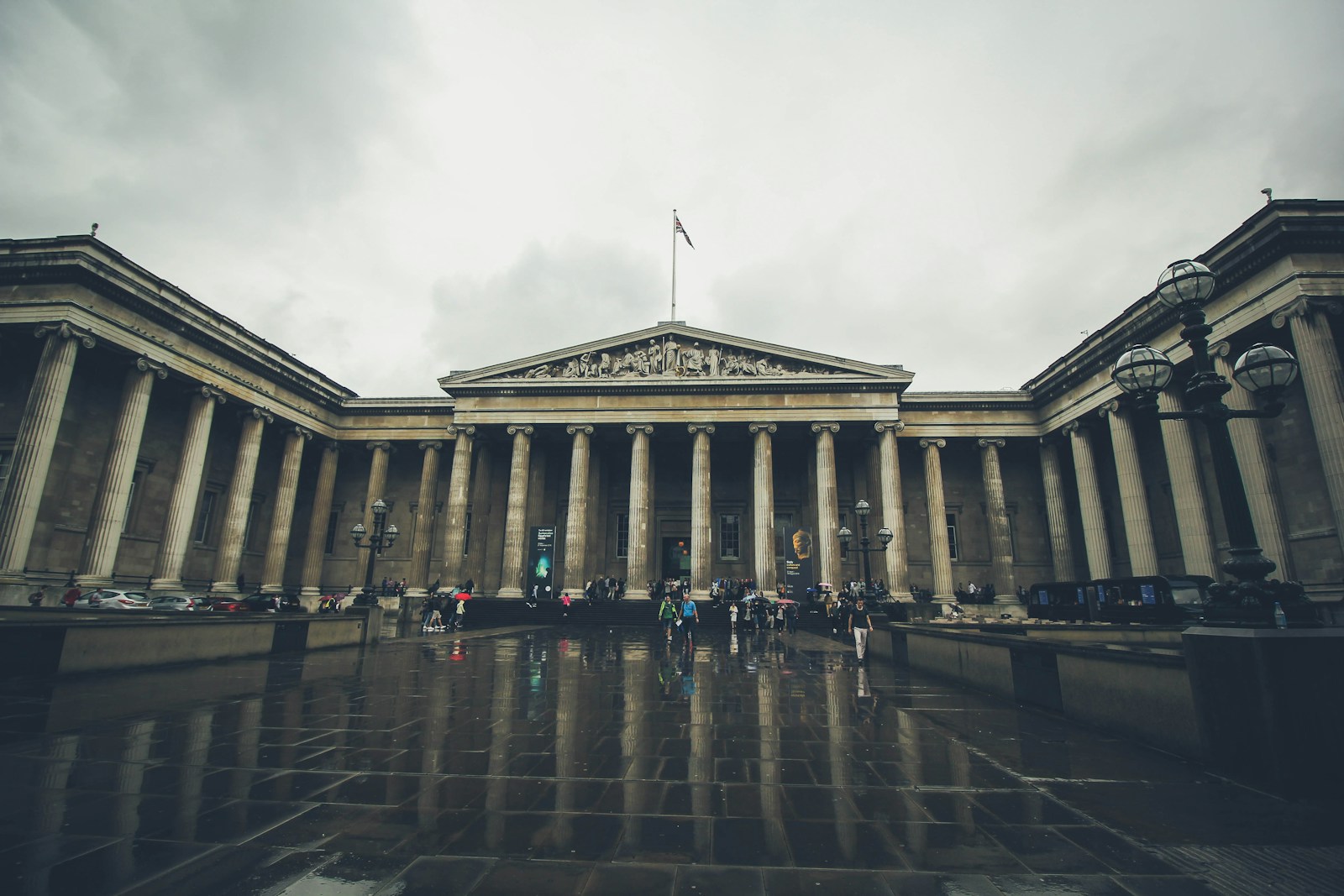Understanding a Recession
A recession happens when an economy slows down for an extended period — production declines, jobs are lost, and consumer spending falls. Businesses sell less, workers earn less, and confidence drops. It’s like a domino effect: one weak area spreads stress across the entire system.
To break that cycle, governments step in with tools designed to jumpstart activity and restore public confidence.
Expansionary Fiscal Policy: Spending and Tax Cuts
The most common strategy is expansionary fiscal policy — using government spending and taxation to inject money into the economy.
1. Increasing Government Spending
Governments often fund large public projects such as highways, bridges, schools, or green energy initiatives. These investments create jobs directly in construction and indirectly in related industries like materials, logistics, and retail.
As more people earn paychecks, they spend money on food, clothing, and services, circulating cash back into the economy. The result is a multiplier effect — one dollar of government spending can generate multiple dollars of total economic activity.
2. Cutting Taxes
Tax cuts are another powerful lever. When individuals and businesses pay less tax, they have more disposable income to spend or invest.
- Lower income taxes encourage households to buy goods and services.
- Lower corporate taxes motivate companies to expand production or hire more workers.
Both actions raise overall demand — the key to recovery.
Monetary Policy: The Central Bank’s Role
While fiscal policy focuses on government budgets, monetary policy targets the money supply and interest rates — tools controlled by a nation’s central bank.
1. Lowering Interest Rates
When borrowing costs fall, people are more likely to take out loans for homes, cars, and businesses. Companies, in turn, borrow more to invest in equipment or hire new staff. Lower rates make credit cheaper, fueling spending and investment across the board.
2. Increasing the Money Supply
Central banks can also buy government bonds or securities, putting more cash into circulation. This process — known as quantitative easing — ensures banks have the liquidity to lend freely to businesses and consumers.
The overall goal is to make money easier to access, stimulating economic activity.
Confidence and Psychology: The Invisible Forces
Economies run on trust. When people fear losing jobs or businesses anticipate lower sales, they cut back — and those cutbacks can deepen a recession.
That’s why governments also focus on building confidence. Announcing stimulus packages, protecting deposits, and communicating clear recovery plans reassure markets and citizens alike. Confidence alone can restart spending and investment.
Examples from History
- The Great Depression (1930s): The U.S. government launched the New Deal, pouring billions into public works and social programs to create jobs and rebuild infrastructure.
- The 2008 Financial Crisis: Governments worldwide introduced stimulus packages, bailouts, and monetary easing. The U.S. Federal Reserve cut interest rates to near zero and bought trillions in bonds to stabilize the system.
- COVID-19 Pandemic (2020): Many nations combined direct payments to households, small business loans, and large-scale government spending to prevent economic collapse.
Each case shows that decisive, coordinated action can slow or reverse the downward spiral of a recession.
The Goal: Stimulating Demand
At its core, every policy in a recession aims to stimulate demand — to get people spending, businesses producing, and workers employed again. When money moves, confidence grows, and economies recover.
Recessions are temporary, but how governments respond can shape the path to recovery for years. Smart spending, strategic tax relief, and coordinated central bank support can turn contraction into expansion — one policy, one paycheck, one project at a time.
In short:
When recession hits, governments fight back with spending, tax cuts, and low interest rates — not just to revive numbers, but to rebuild belief in the future.
